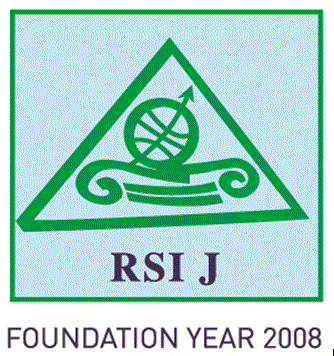Ana Paula DELGADO
Retired Professor, Faculty of Economics (FEP), University of Porto (UP)
a.p.delgado@sapo.pt
Teresa SEQUEIRA
Assistant Professor, University of Trás-os-Montes and Alto Douro (UTAD); Researcher at the Centre for Transdisciplinary Development Studies (CETRAD).
tsequeir@utad.pt (Corresponding author)
Abstract
The Região Norte of Portugal is a region where the primary sector has historically played a significant role. It is generally an aging region, with a large area considered as low-density and with a low level of purchasing power, revealing deep asymmetries in terms of economic and social cohesion. This study aims to analyse the profile of the agri-food industry, that is, the food and beverage industries, in the north of Portugal in terms of productive specialization. This work started by collecting a set of variables such as employment, people employed, GVA and value of sales and services provided, depending on the level of disaggregation of the classification of economic activities and the availability of data. Based on this statistical data, location and specialization indicators were calculated, namely the location quotient. Then, using statistical software, clusters were built that enabled us to draw a picture of the agri-food system. This work was relevant to identifying the relative specialization of Norte NUTs III regions, the relative location of activities and the outlining of productive areas. It is expected that it will contribute to the definition of effective policy instruments to be developed in the region by the responsible organisation for regional development, based on the region’s profile and with the aim of an intelligent specialization strategy.
Keywords: productive specialization, clusters, regional development
JEL classification: R12, R58
pp. 11-24
